When we think of speed in the animal kingdom, the cheetah immediately springs to mind. With their sleek bodies and remarkable acceleration, cheetahs are indeed icons of velocity. However, there’s another creature that boasts remarkable speed and agility but doesn’t get nearly as much attention. Meet the pronghorn, an impressive mammal that holds its own unique place in the halls of natural history.
The Mighty Pronghorn: An Introduction
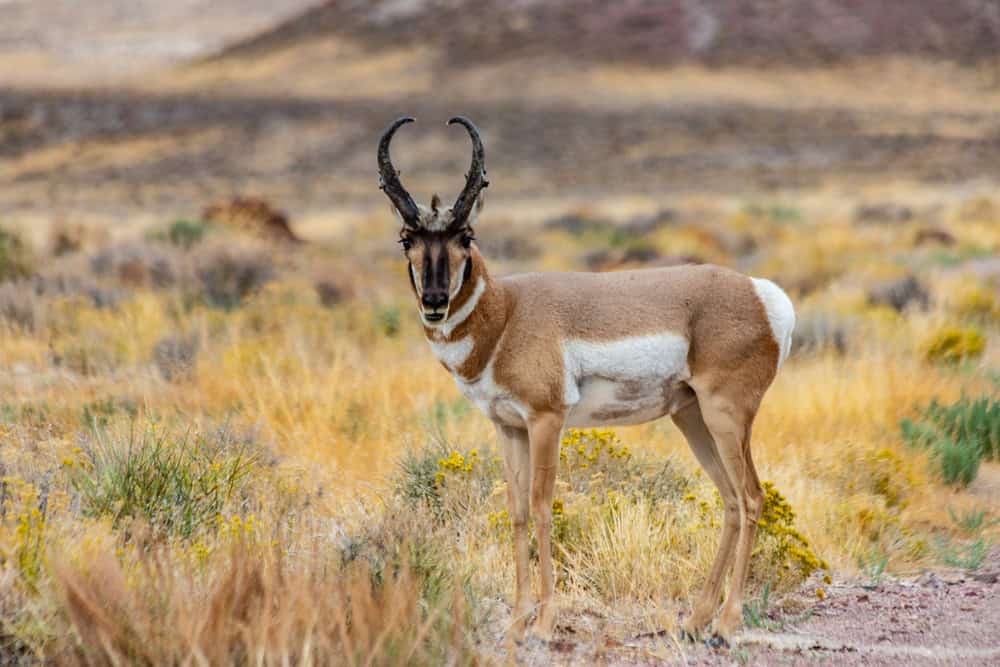
The pronghorn, often confused with the antelope, is a testament to nature’s ability to create marvels on four legs. Native to North America, pronghorns bear a scientific name that reflects their fleet-footed nature: *Antilocapra americana*. Unlike the cheetah, which reigns as the fastest animal over short distances, the pronghorn excels in endurance, capable of sustaining high speeds over longer stretches.
A Testament to Adaptation

Pronghorns have evolved to survive in the vast and open landscapes of North America. Once a common sight across the continent, they have adapted remarkably well to the open plains, characterized by minimal cover and vast distances. This adaptability has driven their evolution into incredible runners, making them essential figures in their ecosystem.
The Anatomy of Speed
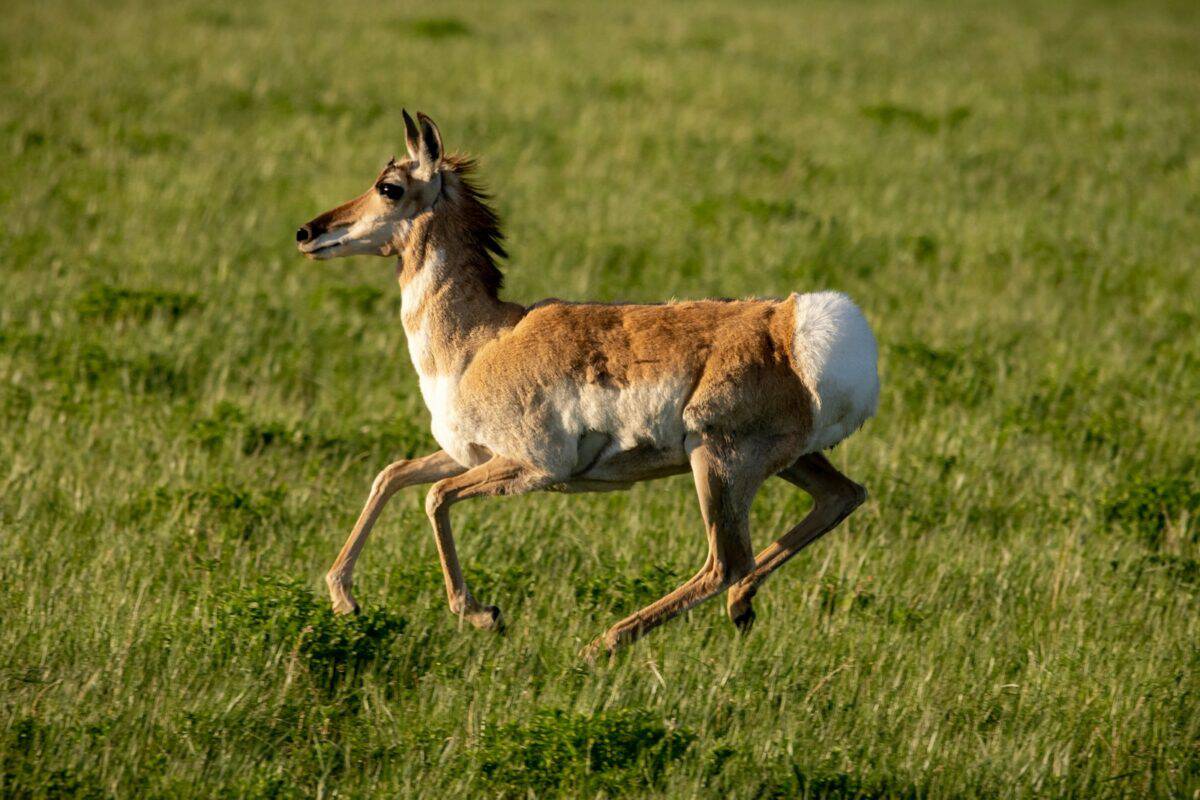
What makes the pronghorn such a phenomenal runner? It’s all in the anatomy. With a lightweight, aerodynamic body, the pronghorn is built for speed. Their muscular build, large airways, and efficient respiratory system supply ample oxygen, supporting sustained high-speed endeavors. Coupled with strong, muscular legs, this anatomy facilitates remarkable acceleration and endurance.
The Record-Breaker: Speed Stats
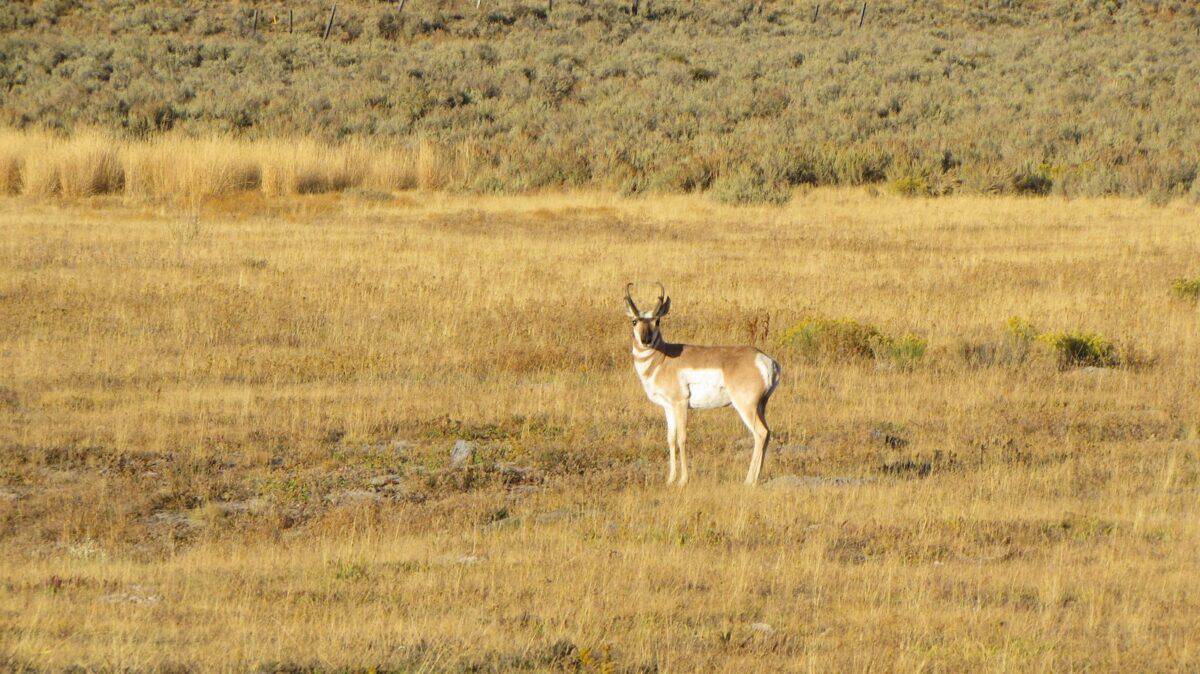
The pronghorn may not hit the cheetah’s top speed of about 60 to 70 mph, but it cruises comfortably at 50 to 55 mph for greater distances. Imagine maintaining a speed that rivals highway driving! This constant speed over miles far outmatches any other land animal’s endurance capability, making the pronghorn a true marathoner of the animal kingdom.
Unraveling the Pronghorn’s Genetics
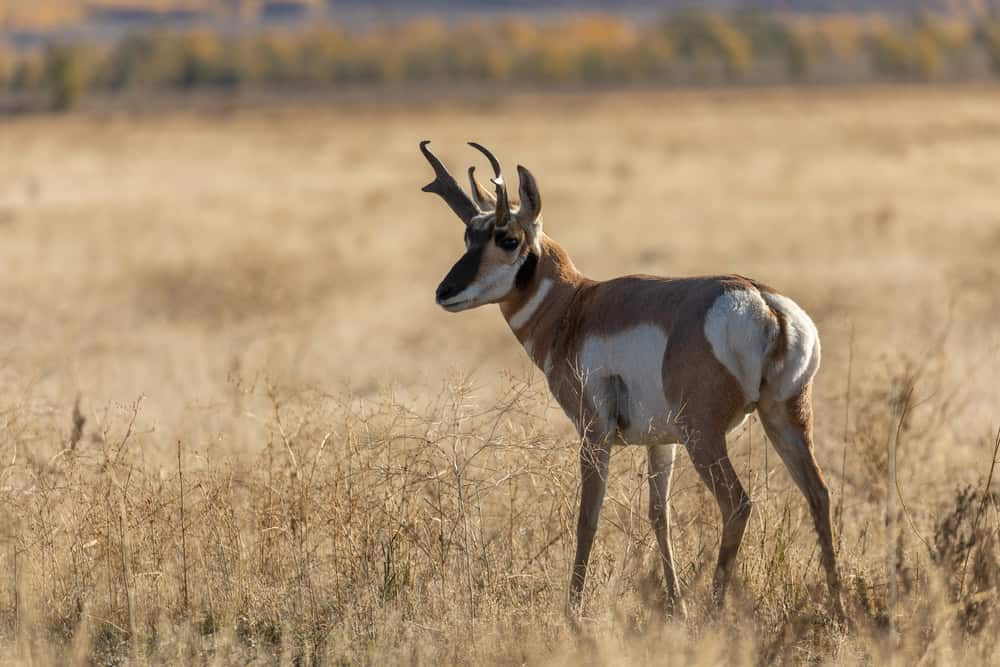
Delving into the genetic makeup of the pronghorn reveals fascinating insights into how speed and endurance are intertwined. Their unique genetic structure supports high-speed pursuits by regulating muscle performance and energy distribution, elements essential for their lifestyle and survival in the wild.
The Role of Predators in Evolution
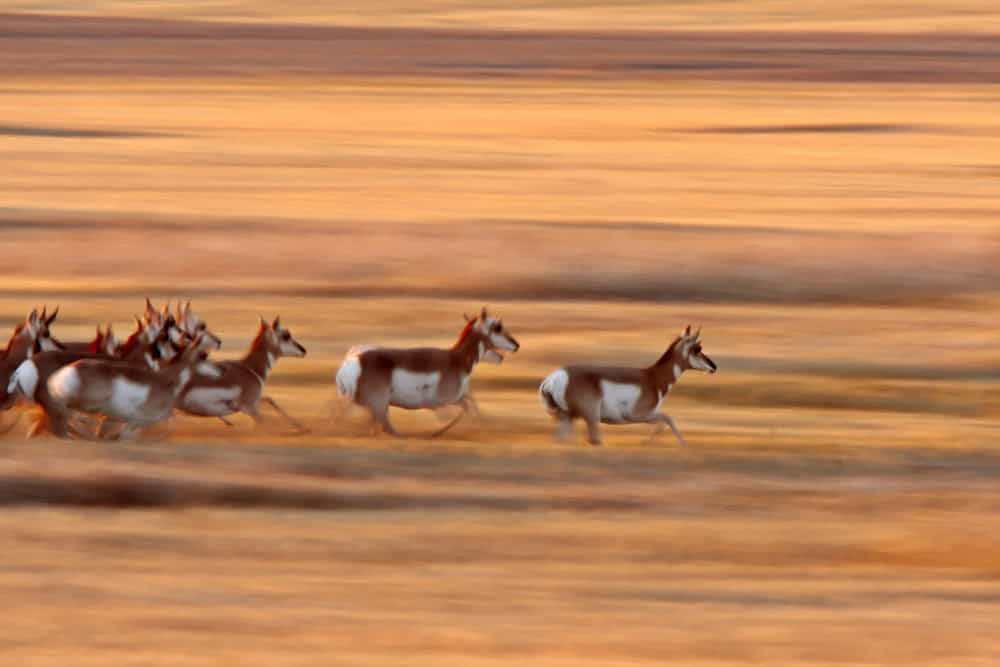
Historically, the pronghorn’s speed likely evolved as a defense mechanism against predators. Once sharing the land with the now-extinct American cheetah, these creatures needed to outrun threats. Today, while their predators have dwindled, their speed remains a hallmark trait.
Habitats: The Sprawling Plains
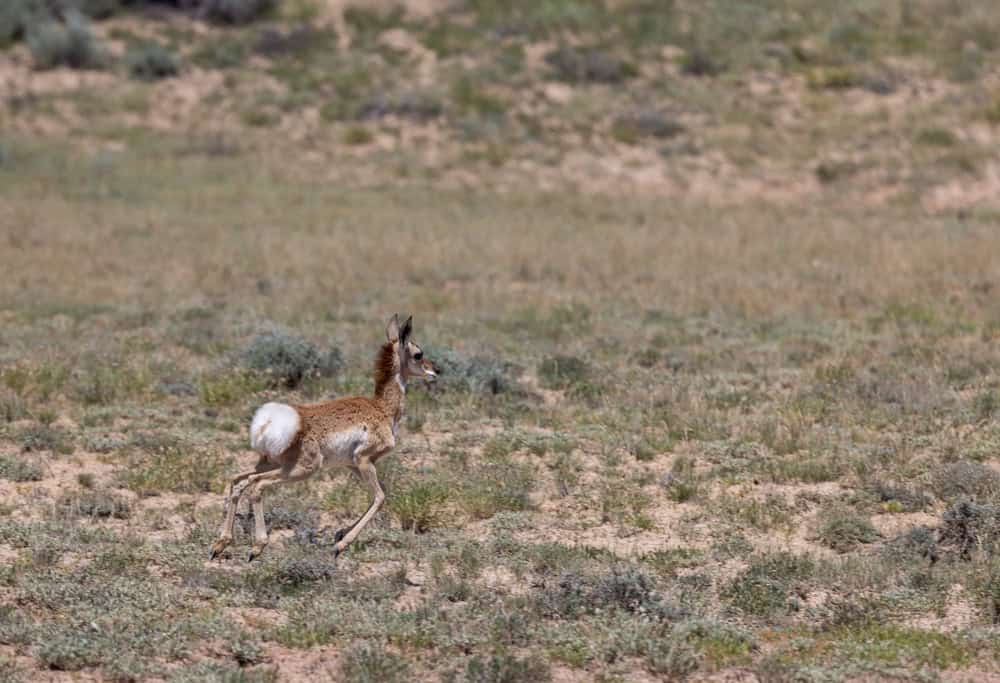
The pronghorn’s natural habitat spans from the grasslands and prairies to the deserts, mostly in western North America. These open, vast areas allow for unobstructed running, with pronghorns often migrating to find resources, showcasing their endurance.
The Complexity of Pronghorn Communication

Despite their solitary nature, pronghorns communicate through a variety of sensory signals. Body language and vocalizations play crucial roles in interactions, especially during mating season or when signaling danger from afar.
Threats and Conservation Efforts

Pronghorn populations face threats from habitat loss and human encroachment. Conservation efforts are underway to ensure their survival, focusing on habitat preservation and corridors for migration. By addressing these challenges, conservationists aim to protect these speedsters for future generations.
The Cultural Significance of the Pronghorn
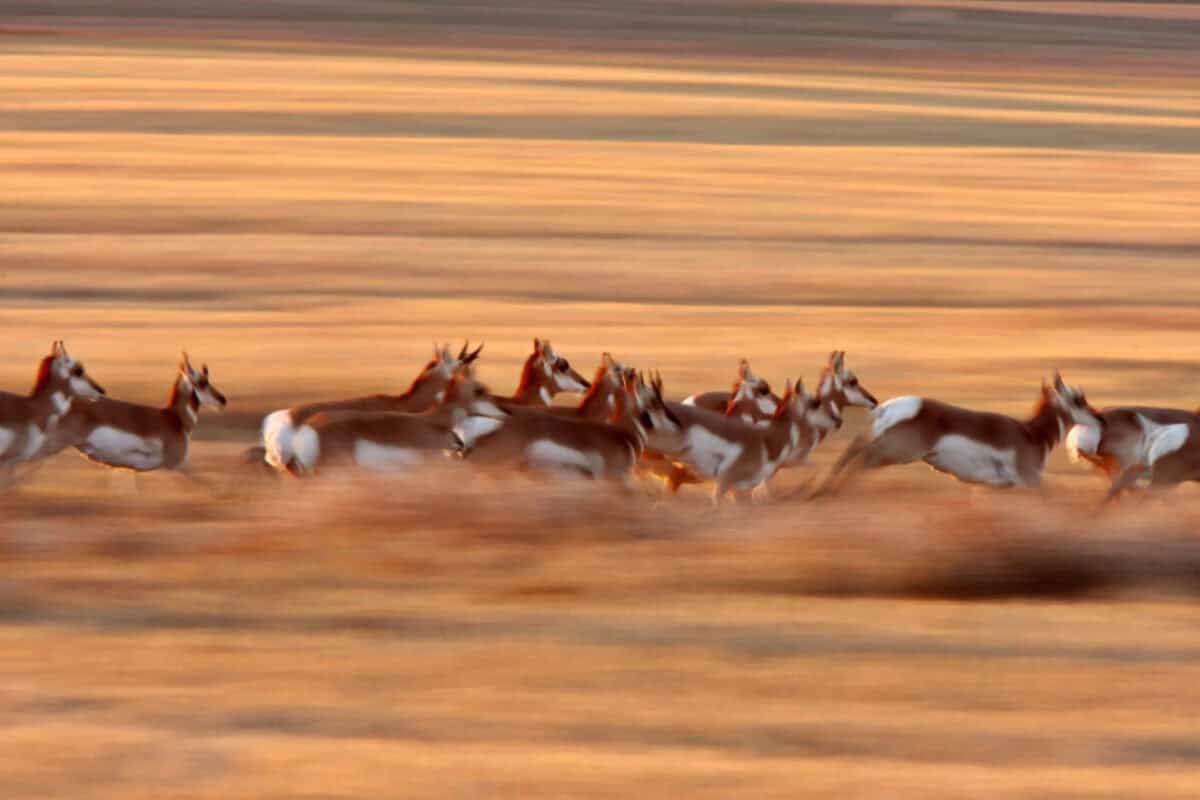
Native American cultures have long respected the pronghorn for its speed and grace. These animals feature in many myths and stories, embodying qualities like swiftness and survival, highlighting their long-standing importance in human narratives.
Pronghorns in Modern Science
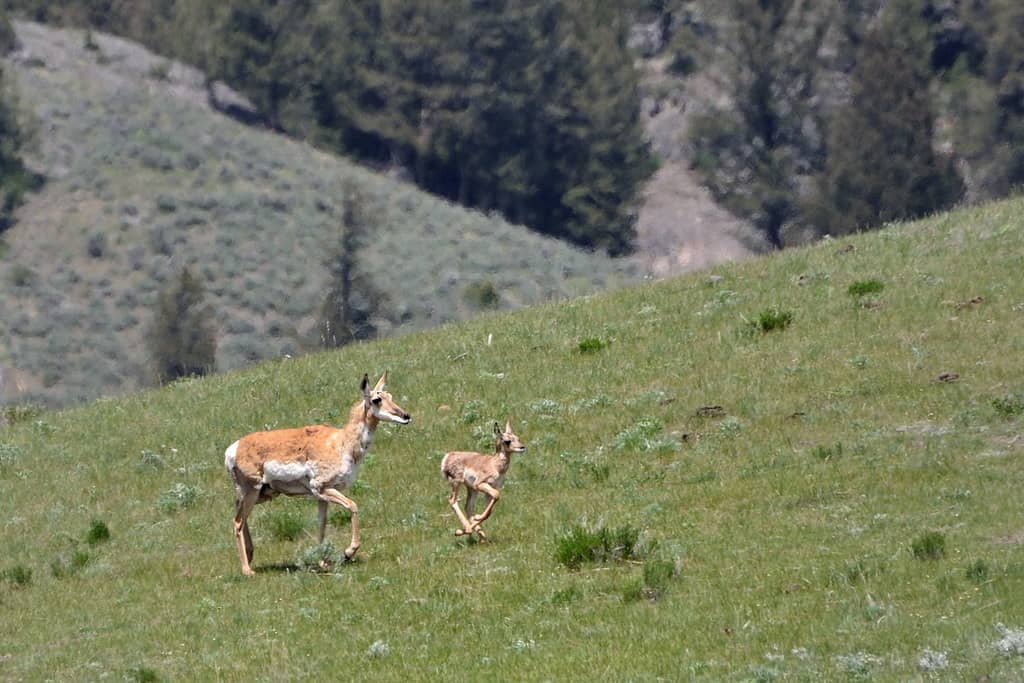
Studies on the pronghorn provide insights not only into evolutionary biology but also practical applications in biomechanics and robotics. By understanding how pronghorns manage such feats of speed and endurance, researchers aspire to apply these findings in technological advancements.
Conclusion: Celebrating a Unique Speedster

The pronghorn is more than just a speedy creature of the plains; it’s a symbol of evolution’s ingenuity. Their remarkable speed and endurance make them a true champion of the wild, deserving of recognition alongside the famed cheetah. As we learn more about these incredible animals, the pronghorn stands as a reminder of the wonders hidden within our natural world, awaiting discovery and appreciation.
- The Fastest Land Animal You’ve Never Heard Of (It’s NOT a Cheetah!) - August 13, 2025
- The Difference Between Bison and Buffalo (Explained) - August 13, 2025
- How Jellyfish Have Outsurvived Every Mass Extinction - August 13, 2025

